Swing Slower
In many ways, golf is a confusing game. Want to make the ball curve to the right? Swing to the left. Want to make the ball fly high up into the air? Swing down through the shot.
You get the idea. Nothing is straightforward in golf – it seems that everything is the opposite of what you would expect.
The same can be said for power and distance. Want to hit the ball impressive distances with each club in your bag?
Learn how to swing ‘slower.’
That’s right – if you want to hit the ball farther, you are going to need to learn how to swing “slow” (or more specifically, “controlled”) and easy while maximizing your swing speed at the moment that matters most. Don’t worry if that doesn’t make a lot of sense right away – this is a concept that many golfers never manage to grasp.
The Only Moment That Matters
For all of the work that is put into your golf swing, your club is only touching the ball for just a fraction of a second during each swing. Impact lasts for just the blink of an eye, as the club face slams into the back of the ball and sends it rocketing off into the distance.
Despite this fact, most golfers try to make their entire swing fast, not just the moment of impact. Unfortunately, this is a mistake. There can only be one fastest point in your swing, and if you are trying to swing quickly, that moment is not going to be at impact.
The Pros Do It Right
If there is one specific thing that is frustrating about watching golf on TV it’s the ability of touring professional golfers to hit the ball incredible distances with seemingly very little effort. You have certainly seen it for yourself – a pro golfer makes a swing that looks totally effortless, and yet the ball explodes into the sky and doesn’t come down for more than 300 yards.
How do they do it? Is it the equipment? What’s their secret?
The ‘secret,’ if there is one, is that pro golfers don’t waste swing speed like amateurs do. The average amateur player hits their maximum swing speed well before the club ever reaches the ball, meaning that the club head is actually in the process of slowing down when impact occurs. On the other hand, the typical pro is a master of reaching top swing speed at the perfect moment.
They key to this is largely how the pros swing in the proper ‘sequence,’ that being how they start their downswing with the bottom (legs) and then move that motion up toward the top (shoulders and arms).
When many beginner golfers try to swing ‘fast’ the result is an attempt to move the hands and arms too quickly which causes the upper body to get ahead of the lower body – this is often referred to as ‘getting quick at the top.’ While this motion feels intuitively as though more swing speed is being generated the opposite is actually true.
There’s No Need to Rush
When you stand over the golf ball preparing to hit a shot, you need to understand that there is no rush to complete the swing. Sure, you don’t want to take so long preparing for a shot that you hold up the pace of play, but the actually swinging motion itself can take its time to develop. The ball isn’t going to roll away – so start slow and build up to a powerful strike.
There are two key points in the golf swing where amateur golfers are prone to rushing. The first is the takeaway.
Many players snatch the club away from the ball when they start the swing, setting the stage for a swing that will be rushed from start to finish. A quick takeaway means that your body will not have time to get into the right position to support a powerful downswing move.
The other danger point in the golf swing is the transition. This is likely the number one culprit when it comes to amateur players rushing through the golf swing.
As soon as the backswing finishes, many players decide that they need to take the club down to the ball as fast as humanly possible. Rather than getting their legs involved to develop real power, these players simply throw their hands down toward the ball and slap at it with an arms-only swing. Not surprisingly, the results are consistently disappointing.
Rushing the swing, whether in the takeaway or at the top, is always going to lead to weak contact and below average shots.
Even Tempo and Lower Body Power
No one part of your swing should look rushed or hurried when compared to the rest.
This is why the professionals are able to make swings that look so effortless – they don’t hurry at any point.
The best swings are the ones that build gradually from start to finish, with a steady acceleration of the club occurring from the top down into impact.
To maximize your power by accelerating the club all the way through impact, you need to use your lower body correctly from the top of the swing. As soon as the backswing is finished, your legs should take over the job of turning your entire body toward the target.
It is essential that your legs are the first thing to fire from the top – if your hands and arms win this race, you will be destined to create a weak downswing. Use an even tempo and hold your arms and hands back while your legs initiate the action. If you can do this correctly, the effortless power seen in the swings of professional golfers may soon start to appear in your own game.
Pro golfers are actually trying very hard to create power, despite the appearance that their swings are slow and effortless. However, since they understand the correct techniques and mechanics involved in developing power, their swings have a beautiful appearance which the envy of amateur golfers everywhere.
You can’t hit the ball 300 yards without generating a good amount of club head speed, and you can be sure that the pros are actually swinging very fast – only they are swinging fast at the perfect moment in the swing, not all the way through the swing.
Master your tempo and timing to max out swing speed at the bottom if you want to follow the lead of your favorite tour professional – your swing may ‘look’ slower to the casual observer but you’ll know that your only applying your max speed at the only moment that really matters…IMPACT!
Additional Resources
Check out this video by Paul Wilson Golf Instruction for more excellent drills you can do to create that effortless, slow, and easy golf swing you’ve been looking for.
Recommended Further Reading
Here are a few staff favorite books on the subject of creating an effortless golf swing that we recommend checking out:

Hey everyone, Daniel Guest here—Top 100 Coach, #1 Instructor in PA, and founder of Imagen Golf. I've given over 39,000 lessons, and if there's one thing I know, it's that the game is always evolving. We're not just practicing anymore; we're training smarter than ever. The days of just grinding on the range are over. The future of golf instruction is personalized, tech-driven, and focused on your unique blueprint. Let's dive into the three biggest game-changers you need to leverage right now to Unleash the Golfer Within!

NEWTOWN, Pa. - Oct. 12, 2025 -- Newtown and surrounding communities are about to experience golf like never before. The Golf Place, a state-of-the-art indoor golf facility designed for enthusiasts of all skill levels, from those honing their game to those simply seeking a fun, engaging golf experience, today announced its grand opening for Tuesday, October 25, 2025. The Golf Place is poised to become the region's premiere destination for indoor golf instruction, practice, and play. The facility will feature eight cutting-edge Trackman golf simulators, offering hyper-realistic gameplay, detailed swing analysis, and access to the world's most famous courses.
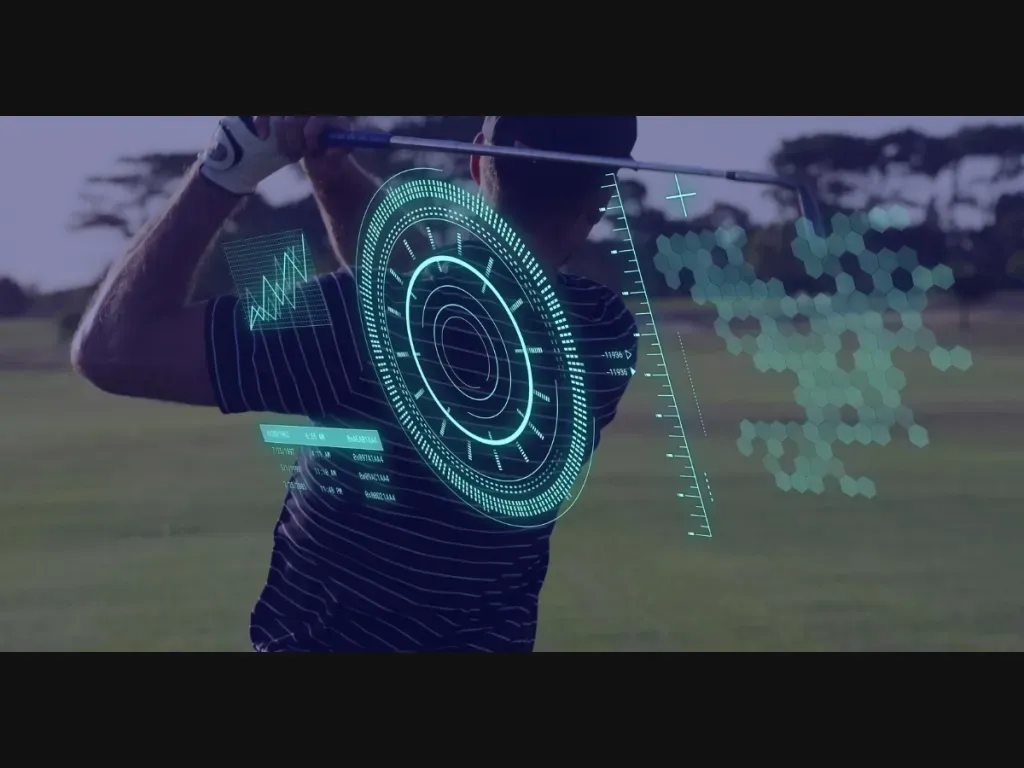
Moving decisively away from subjective "feel-based" advice to a scientific, data-driven approach.Fueled by advancements in technology, the latest trends are democratizing the precise analysis once reserved only for tour professionals, making personalized, high-level coaching accessible to every golfer. Here's a look at the key trends shaping modern golf instruction and practice in 2025:

For years, you've been told to do a bunch of confusing things—like opening the clubface wide open and swiping across the ball—that just don’t work for the average golfer. It’s an old-school approach designed for old-school wedges. But at Imagen Golf, we don’t teach that. We teach the new-school bunker technique that the best players in the world are using every week to make bunker shots look easy. Players like Scottie Scheffler, Jon Rahm, and Collin Morikawa have all ditched the old rules for a simpler, more powerful way to get the ball up and down.
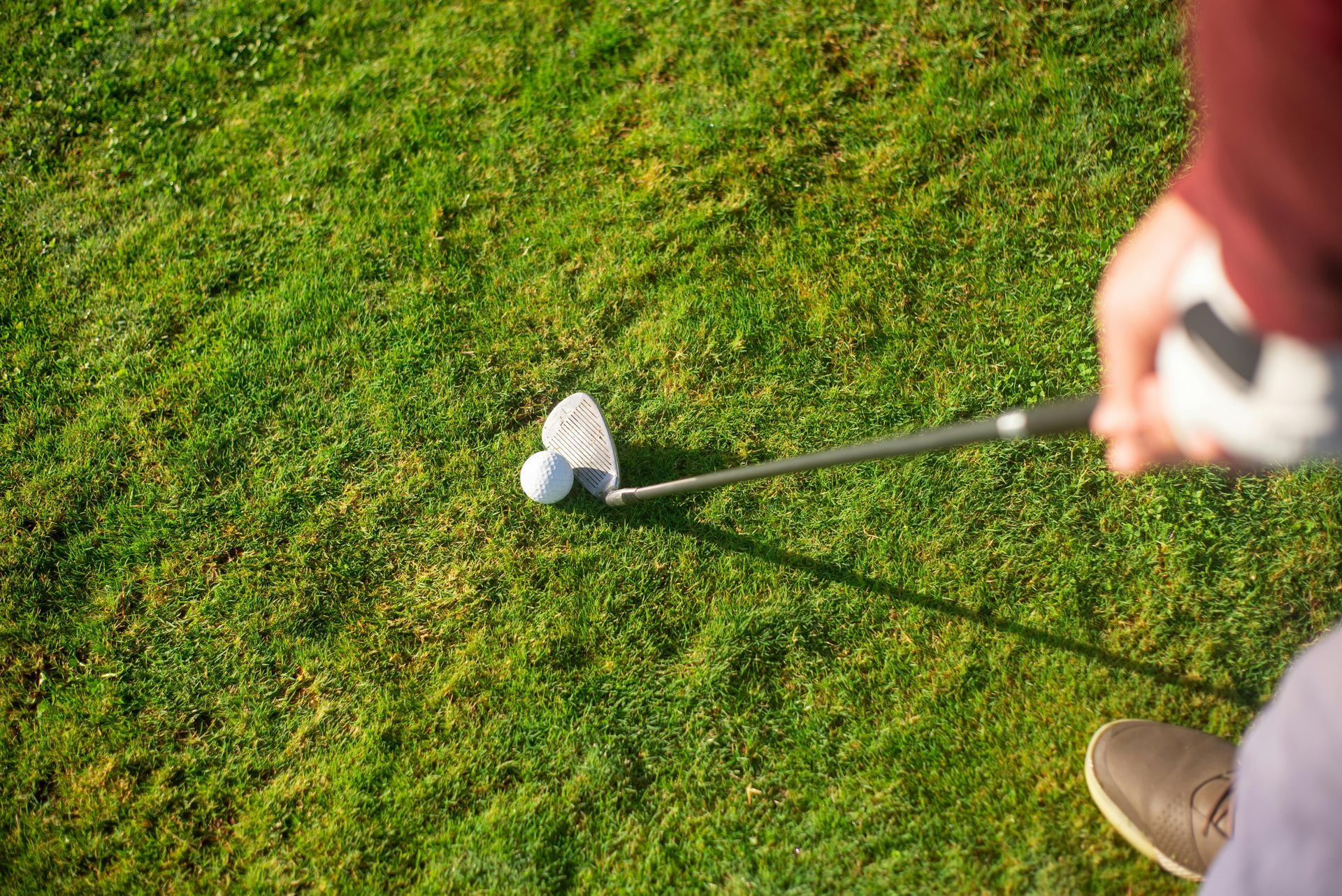
When we hear the word stinger in golf, the first thought that often comes to mind is Tiger Woods and his famous 2 iron stinger he rips down the fairway.This golf shot is super important to have in your skill arsenal. If you don’t carry a 2- or 3-iron, a fairway wood will achieve similar results. The concept behind the shot can also be used for punch approach shots to receptive greens, using any club down to a pitching wedge.On windy days, you can use it to maximize distance by hitting that low flying drive that stays low and runs like crazy upon landing. Meanwhile, your playing partners are watching their drives get hung up in the wind, losing 50 yards off their normal distances. So what's the secret? How do we perfect the stinger like Tiger? To hit the “stinger” you want to produce a low dynamic loft when you strike the golf ball in order to create a low launch and low spin. By default, you're used to hitting with high dynamic loft so it can make the transition a challenge at first but once you master it, you can hit this golf shot on command any time you need. How to Hit with Low Dynamic Loft To produce low dynamic loft, we want to create forward shaft lean at impact which basically means the grip of your club is ahead of the clubface when striking the golf ball. This delofts the face which helps lower the launch angle and back spin rate. In order to create a forward shaft lean at impact you'll need to change a few things during set up. 1. Start by moving the golf ball a little further back in your stance and place a little more weight on your lead side (left side for right handers). This simple adjustment in set up will set your hands forward at address and will help you produce a slight downward hit on the ball. 2. Choke down about an inch on the grip for added control. These adjustments should cause your arms and the shaft to form a “y”. Make a smooth, full backswing, and try to retain this “y” as much as possible throughout the swing. 3. Now the key to creating a low loft and square face at impact is in the lead wrist. The stinger’s low trajectory and extra roll result from the bowed wrist position at impact. To practice getting the bowed wrist feeling, simply make a swing with your lead arm, without a club. Return the hand to impact with your lead wrist “bowed” so that the logo on the glove points to the ground directly in front of the ball. This is a great “feeling” in the golf swing to help lean the shaft forward and square the face up when striking the golf ball 4. Lastly, make sure you maintain this low loft through impact and during the follow through. The mental swing thought is to hit the ball and stop. This prevents the wrists from flipping over or “releasing” after impact. Once you achieve the bowed impact, the finish flows naturally, as the trunk and arms rotate the club around to the left. Instead of causing a slice, this allows for a low, running draw. The faster the body unwinds, the farther you can hit the ball. The finish should feel very different from a normal swing where the hands turn over. To “sting” it, the wrists stay firm, and the left elbow folds down toward the ground.
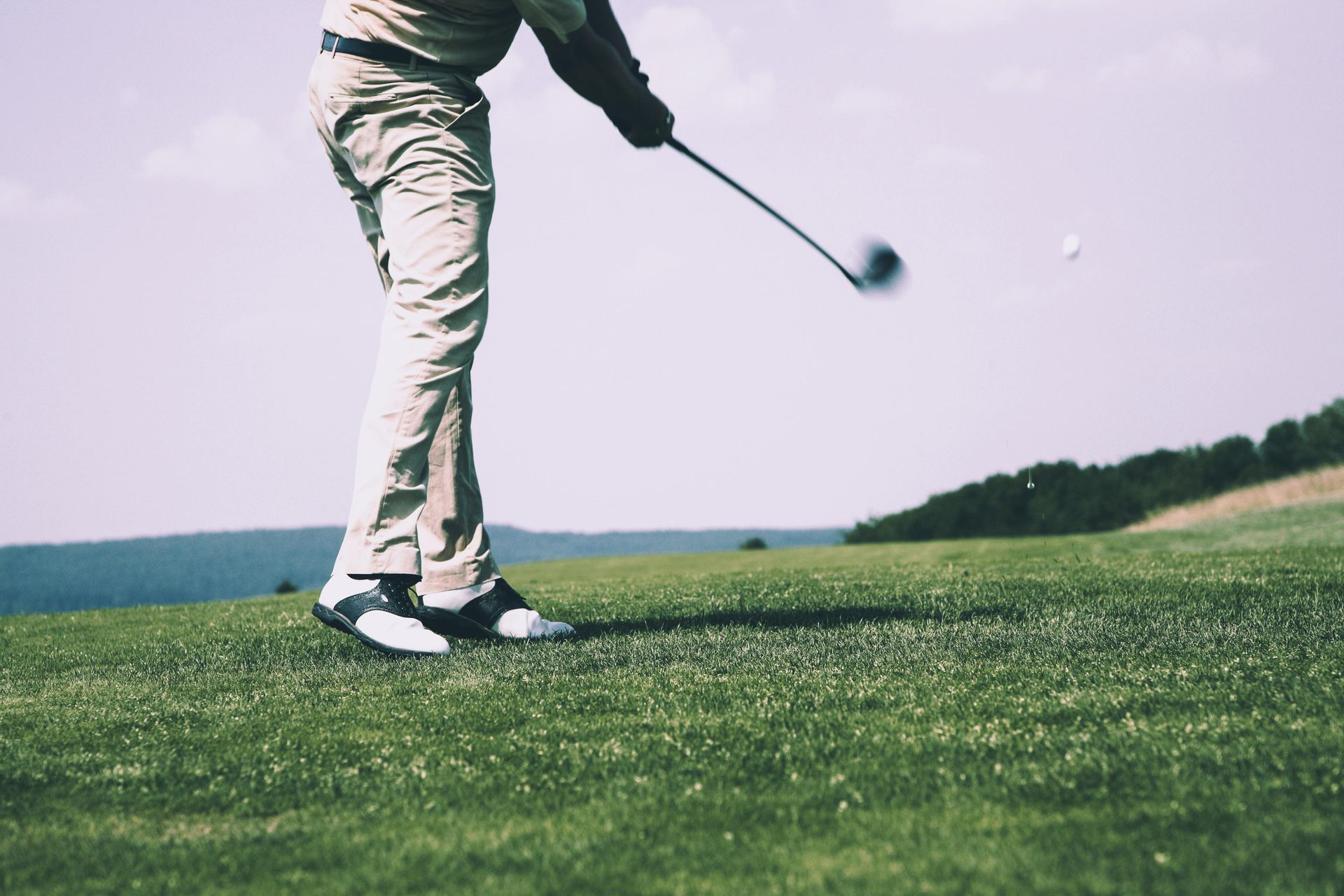
#1: Choke Down the Club The first step to getting back in control when you feel like you're losing your swing mid-round is to choke down on your clubs more than normal. Shortening the stick will help you control the face more, similar to how you can hit your wedges straighter than the driver because they're a shorter club length. #2: Swing at 60% Normal Power During our golf rounds, we often start changing our tempo and speeding up our swing without realizing it. This mental tip will help you slow down a little bit by getting you to feel like you're swinging 60% of normal, but in reality, you're probably swinging 80-90% still. As we slow down our tempo and get back to a more natural rhythm, you'll see control come back into your golf swing. A good way to do this, it to take 3 swings. The first one swing as hard as you can. The second, swing very soft. Then on your third, try to swing in the middle of the previous two swing speeds.Subscribe #3: Hold the follow-through finish until you see the ball land. In basketball and in golf, the follow-through is important to keeping the shot on line. Try making your swing thought about holding the follow-through prior to swinging and it will take your mind off of what all could go wrong during the swing. It also will tell your subconscious mind to recall what the follow-through feels like. It's often the backswing or the downswing we are focused on feeling in our pre-shot routine and during our golf swing, but let's put our mind onto the follow through and focus on holding it like a statue upon finishing. Learn more about our advanced golf training to speed up your improvement!
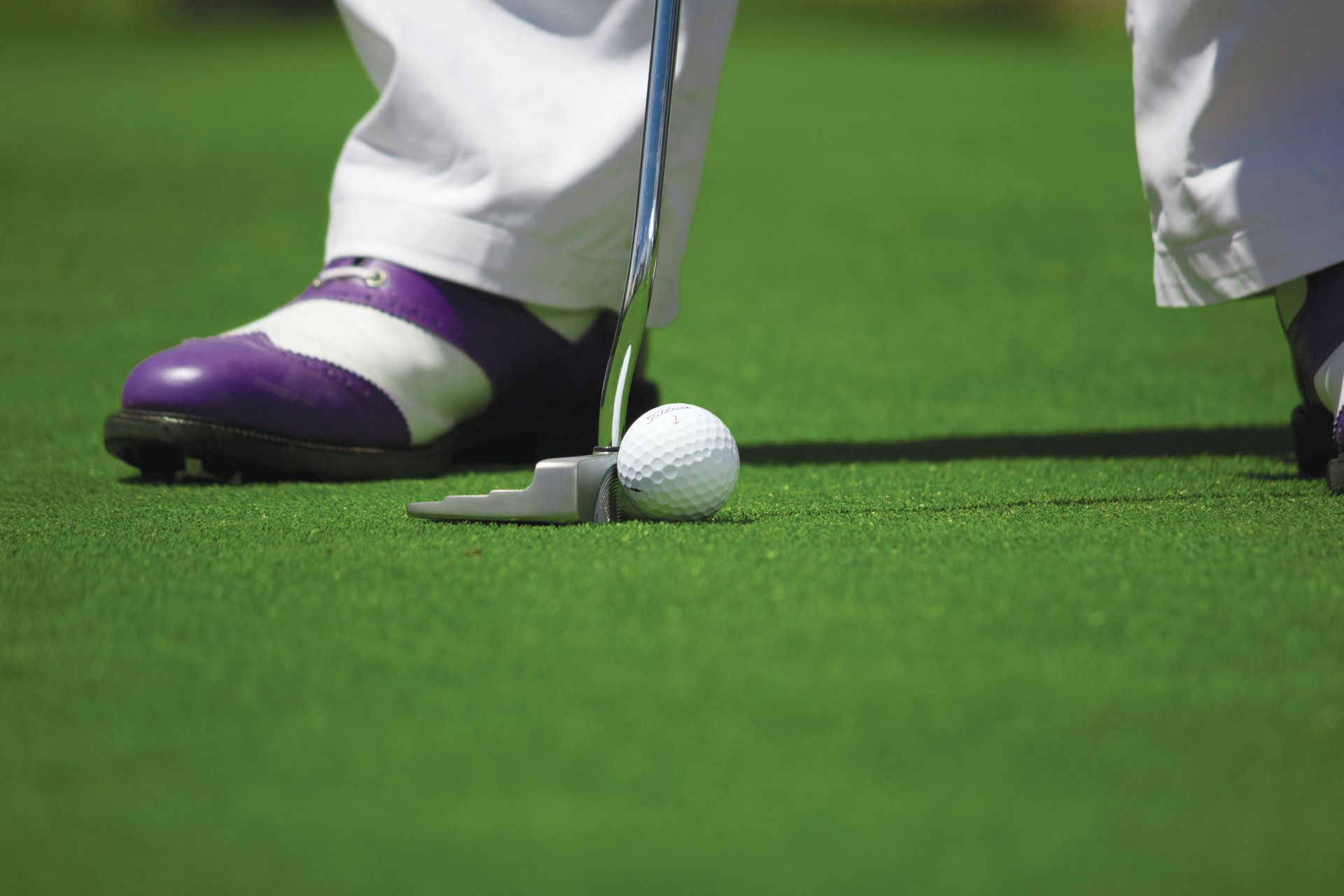
Proper footwork, weight distribution, and weight movement are fundamentals that many players can improve if they understand and practice properly while working on their golf game indoors. Good footwork puts you in the best position to deliver the club consistently. That’s where a good friend of mine and Golf Digest Top 50 Instructor Todd Sones is teaching these days: indoors. In the winter months, Todd works out of the Buffalo Grove Dome located 45 minutes northwest of Chicago. Todd is on the Golf Academy of America’s National Advisory Board and says when you’re practicing inside, you should always wear your golf spikes. So often, Todd sees people come in to practice off the mats wearing their tennis shoes. While it’s convenient, the problem is that your tennis shoes are designed for heel-toe motion, a linear motion. Golf is a rotational motion. It’s important that you’re on your feet properly. The best players move in a circular motion. Their weight is more toward the balls of their feet at address, their knees are slightly flexed, and their lower body is engaged. As the body rotates, a good player loads the heel of the trail leg and then on the transition to the downswing, drives into the instep of the lead leg before rotating back into the heel of the lead leg. Although you start on the balls of your feet in the set-up position, you really swing from the heels throughout the backswing and the downswing into impact. When you’re wearing tennis shoes that push your weight more toward your toes, you can’t swing the club nearly as forcefully as you can if you’re swinging with proper weight distribution. When someone wears their tennis shoes, you’ll see their head move forward into their toes, and then they back up away from the golf ball during the swing.
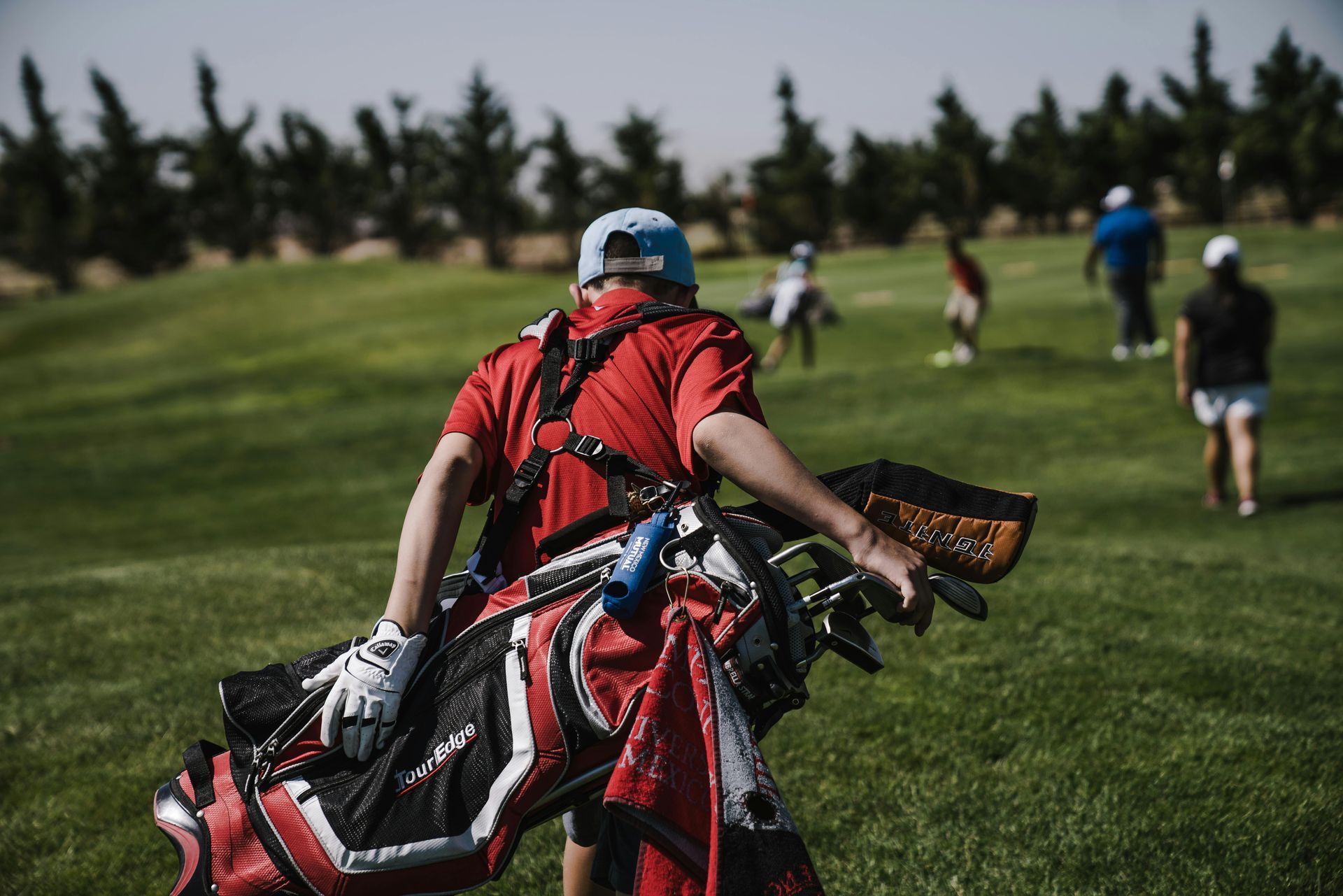
The hard truth is that the average golfer plays for years and never improves. But why? With input from many of my instructor friends, we’ve drawn up a list of the 12 reasons why you may not be getting better. 1. You never practice You know that whole 10 thousand hours thing? How it takes at least that long to master a skill? Do the math. Ten minutes once a month isn’t going to get you there. 2. You practice unproductively Smacking drivers on the range until you’re blue in the face might give you a backache. But it’s not going to get you where you want to go. What you need to do is practice with a purpose. Go to the range to get better at one thing, posture for example. Once you’ve spent 30 minutes working on that and incorporating into your swing, leave the range. 3. Your equipment isn’t optimized That includes your golf ball, we recommends getting your entire arsenal checked at least once a year. 4. You’ve got the wrong mix of clubs News flash. You’ve got no business carrying a two-iron. You’re also probably not good enough to have more wedges than hybrids in your bag. So don’t. 5. You don’t track your stats You think you’re a great putter, and a middling driver. But are you really? Without knowing for sure, you can’t maximize your practice time, much less devise an optimal on-course strategy. 6. You’re not as good as you think you are Two-twenty over water is not in your wheelhouse, but you always try it, because, well, your weakness is your fondness for the hero shot. 7. You’re too hard on yourself On approach shots from 150 yards, the average Tour pro leave is 23 feet from the pin. But you somehow believe you should be knocking down the flagstick, so you berate yourself every time you don’t. 8. You ride a cart You think you’re saving energy. What you’re really doing is losing touch with the natural rhythms of the game. Walk when you can. 9. You think there’s a quick-fix In a world filled with swing tips, you believe there’s a magic one that will solve all your problems. So you search, and search. You might as well be trying to track down Sasquatch. The tough news is it comes down to working on good principles long enough for them to become habits. 10. You’re don’t hit it far enough Sorry, but size matters. A good way to get better is to swing the club the faster to hit the ball longer. Any good coach can correct crooked, but getting the ball to go farther is a tougher task. 11. You focus more on words than feel You’ve gotten a lot of verbal instruction. But, words don’t translate as well to performance. Pay more attention to images and feels. It will free up your mind. And your swing. 12. Play the appropriate tee box I know, all your buddies play from the blues, but you’re a 20+ handicap. Not only do you have NO business playing from the far tee boxes but it hurts your game as the course sets up completely different for you now. Put your ego aside and have fun!


